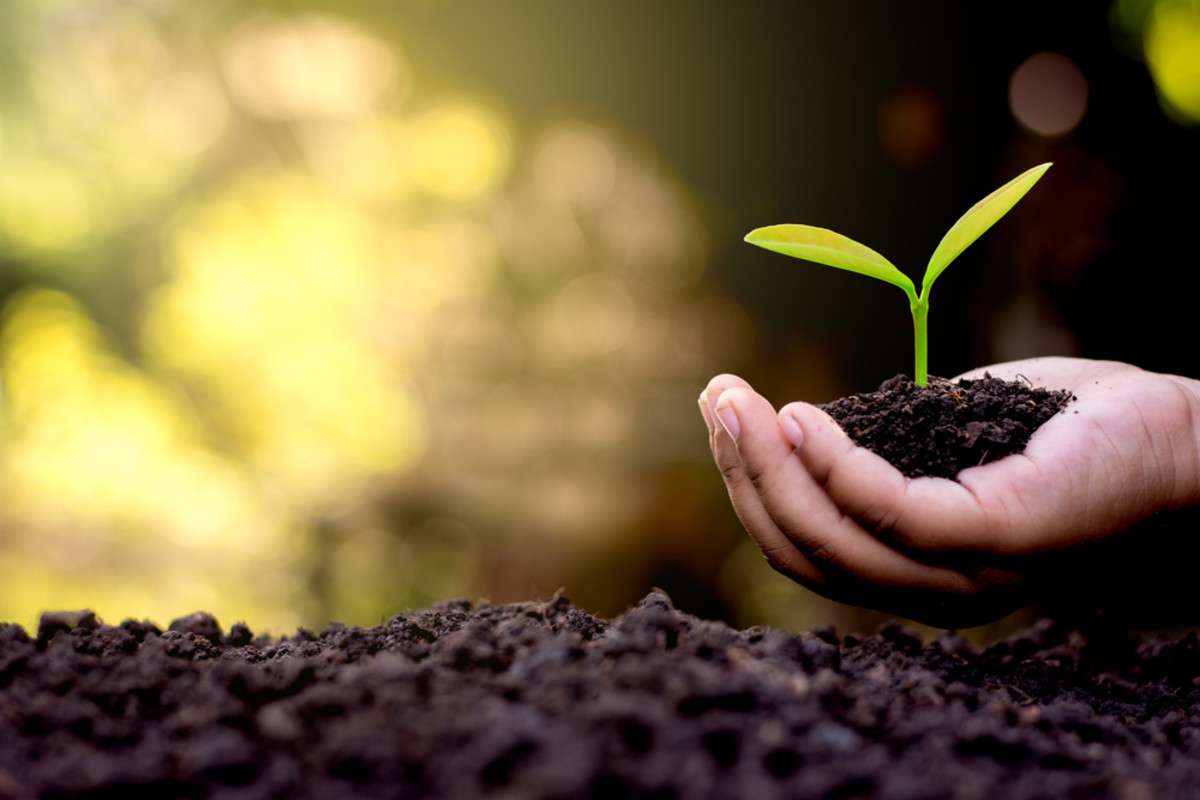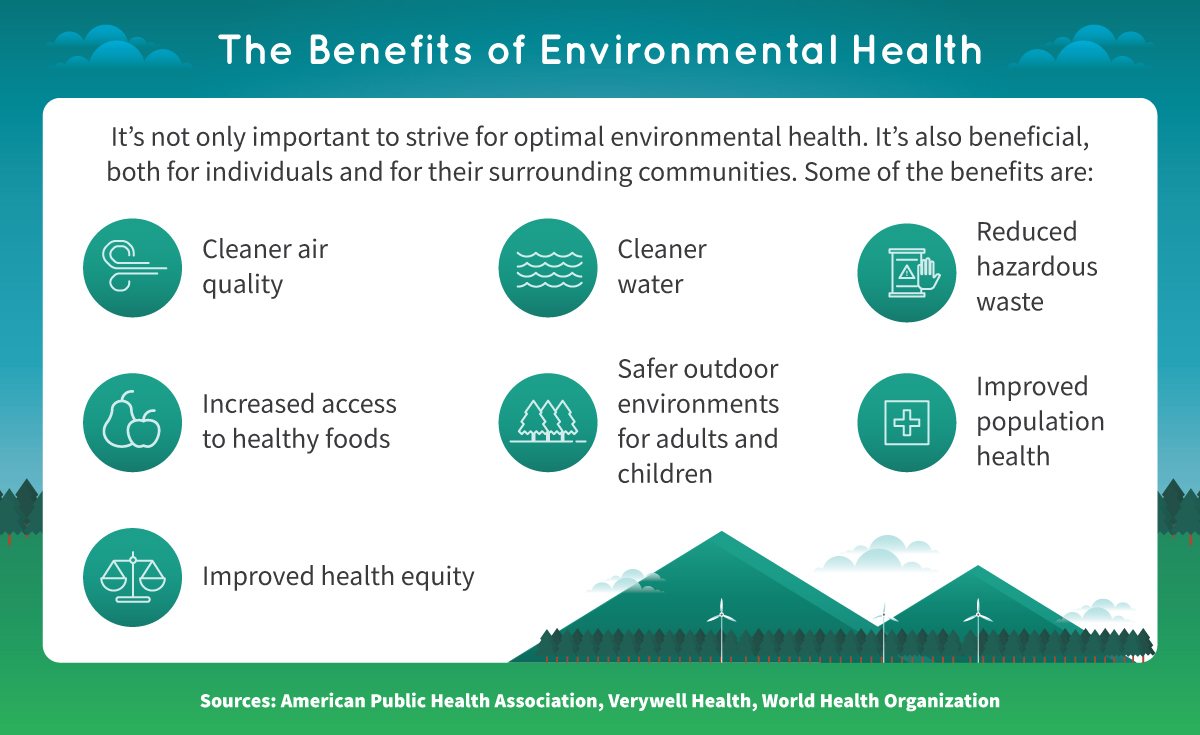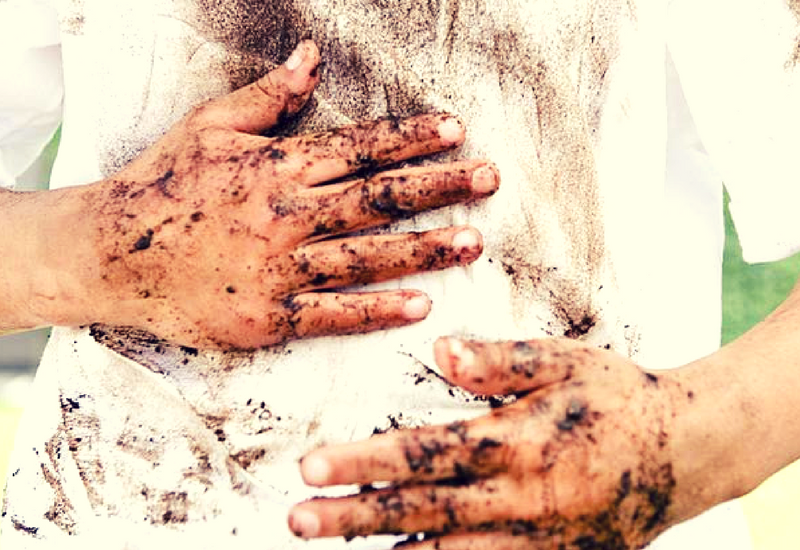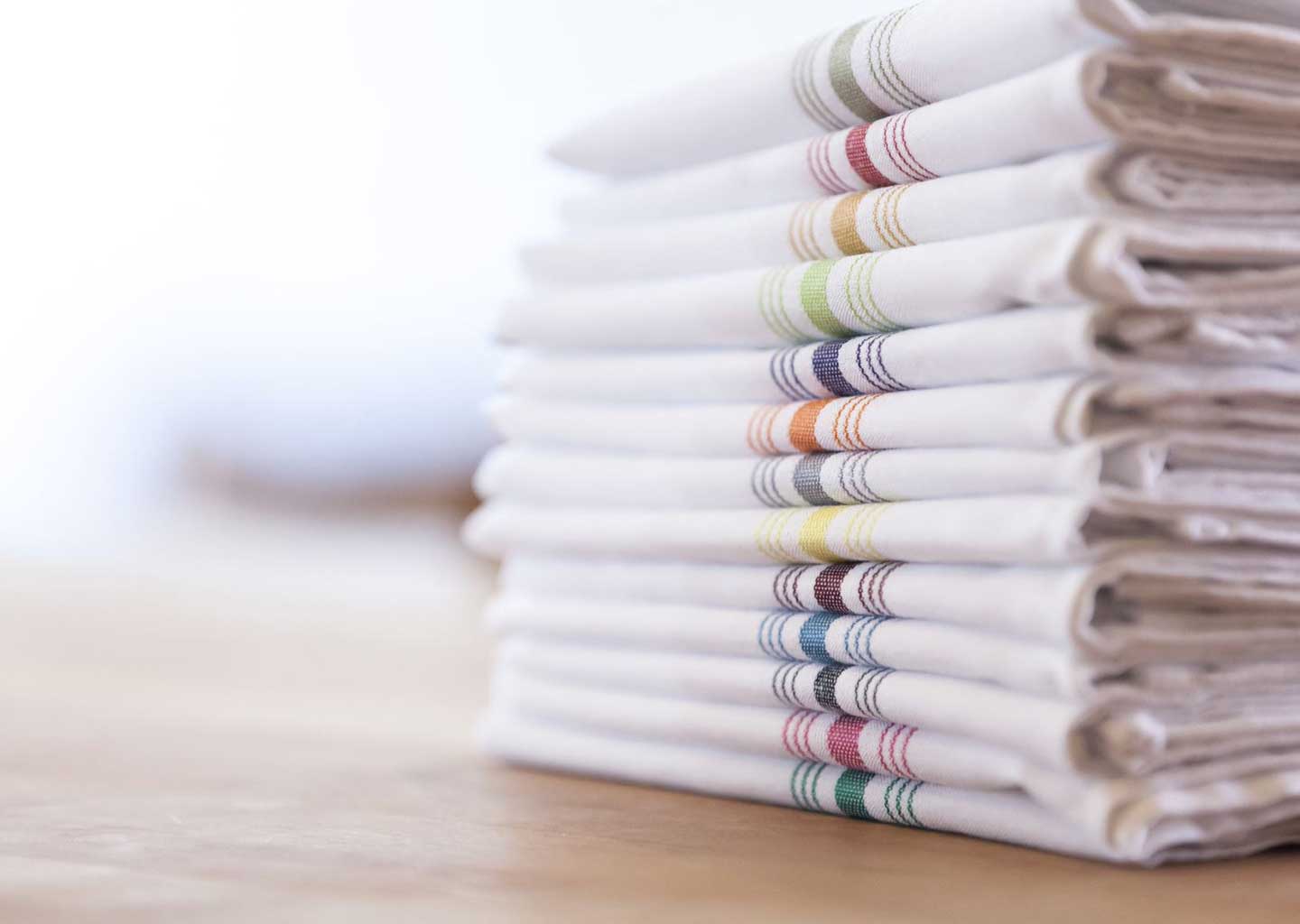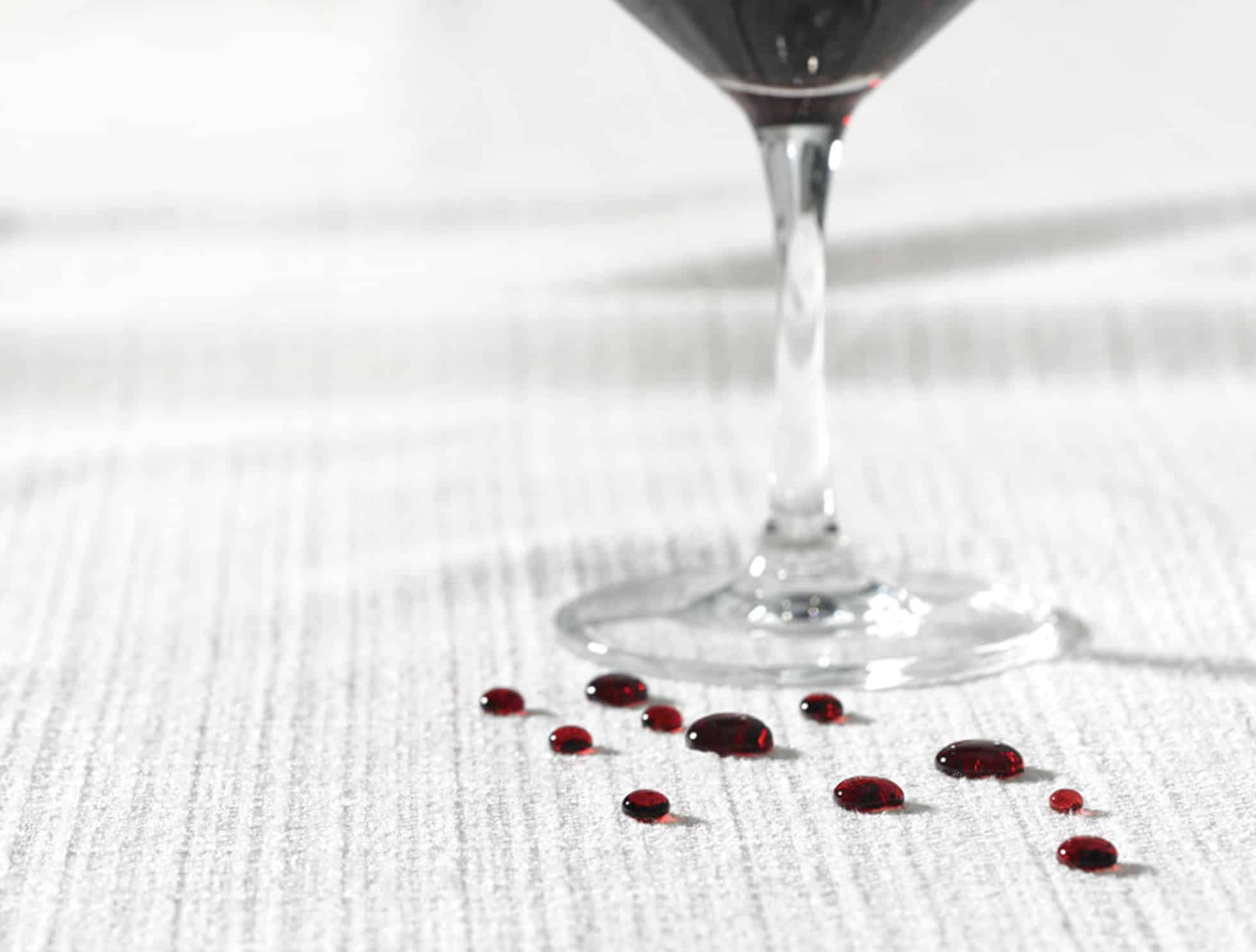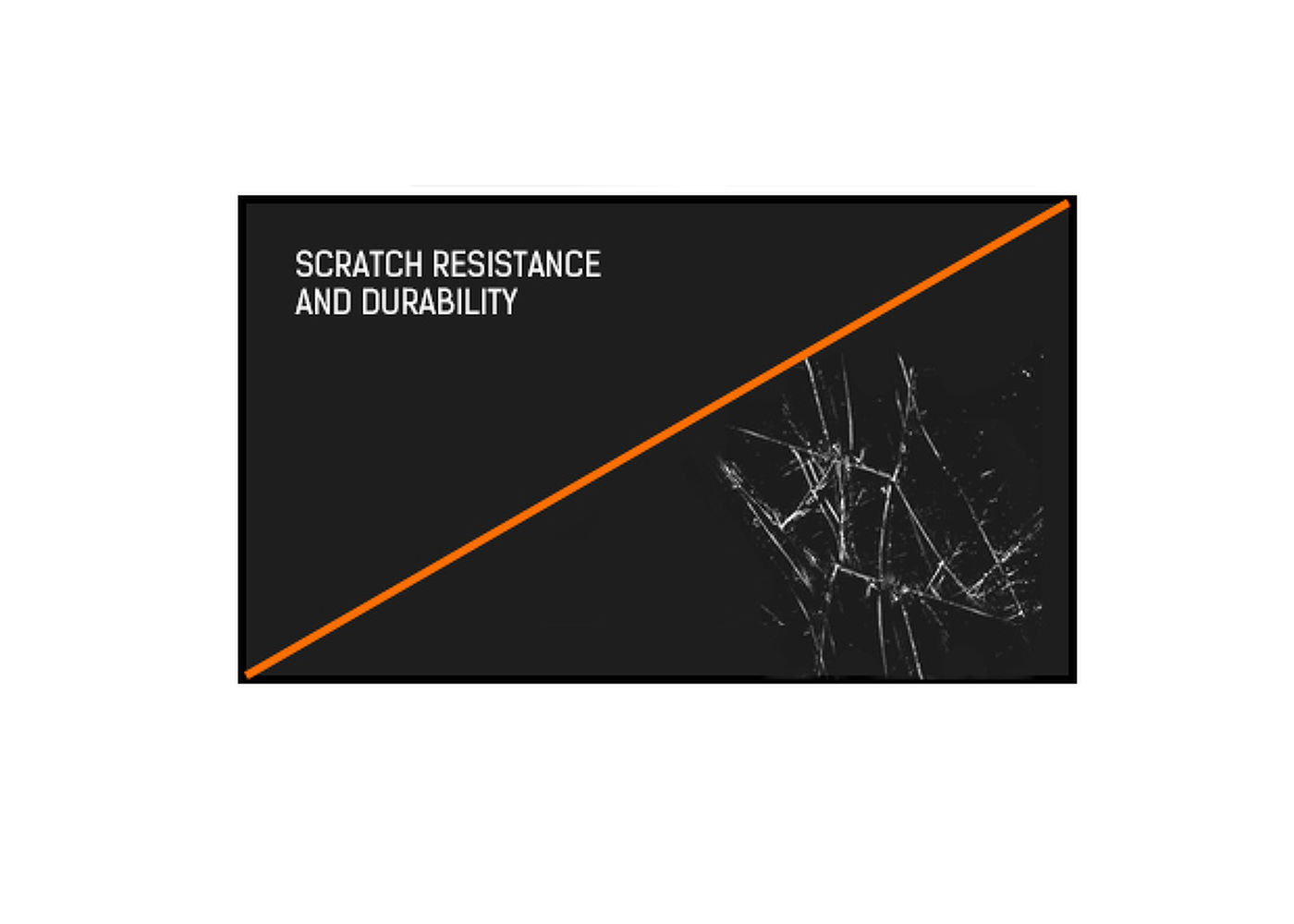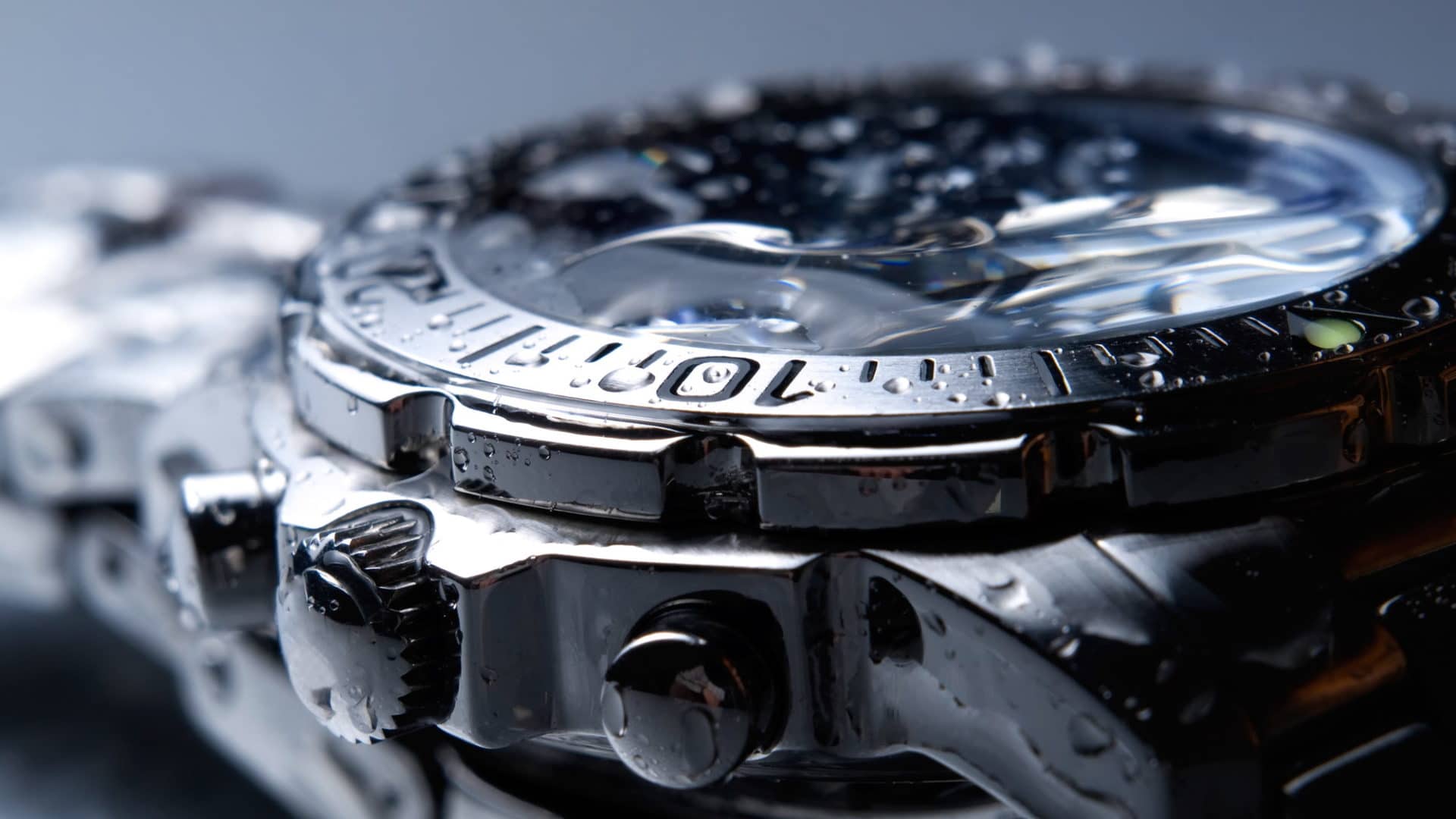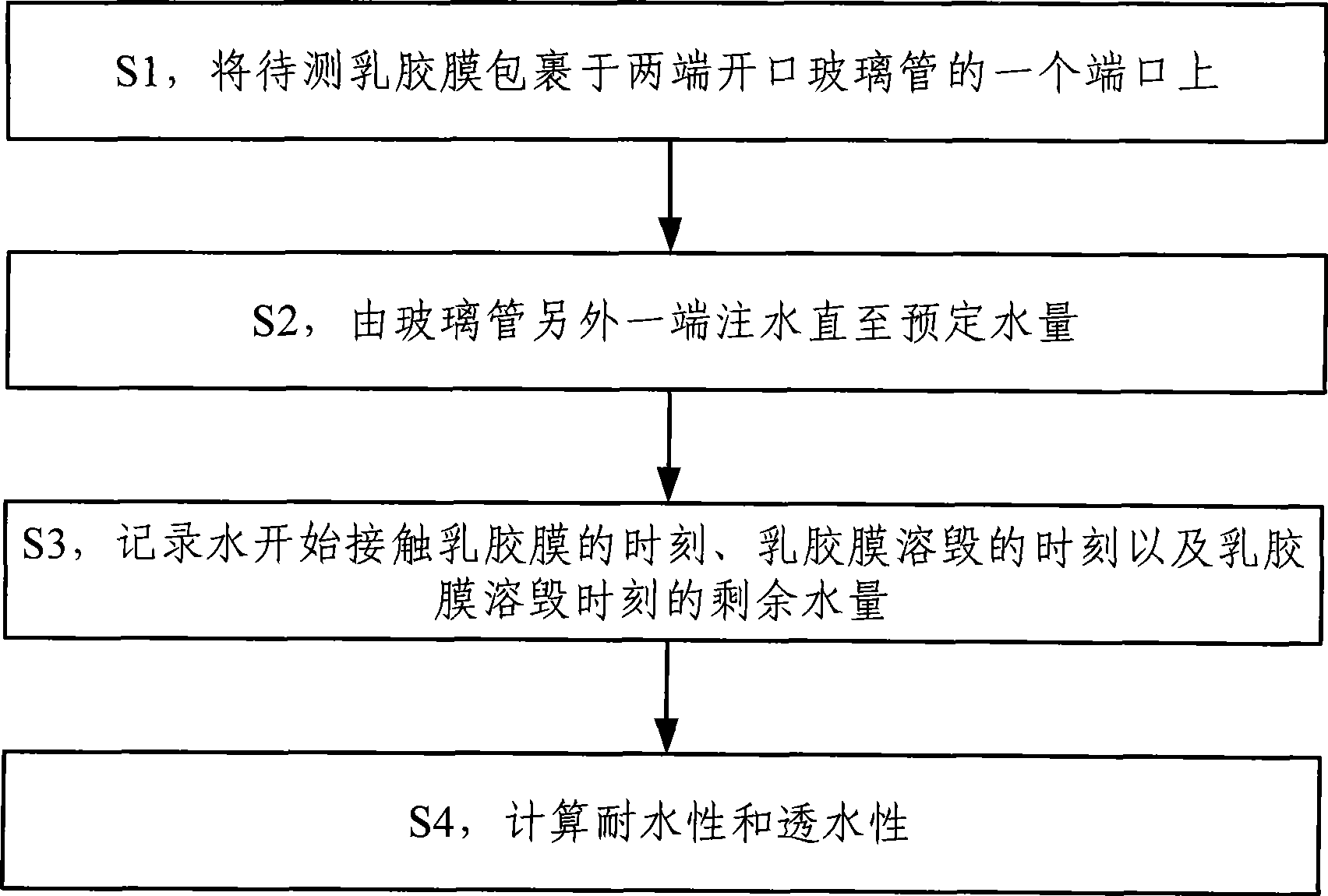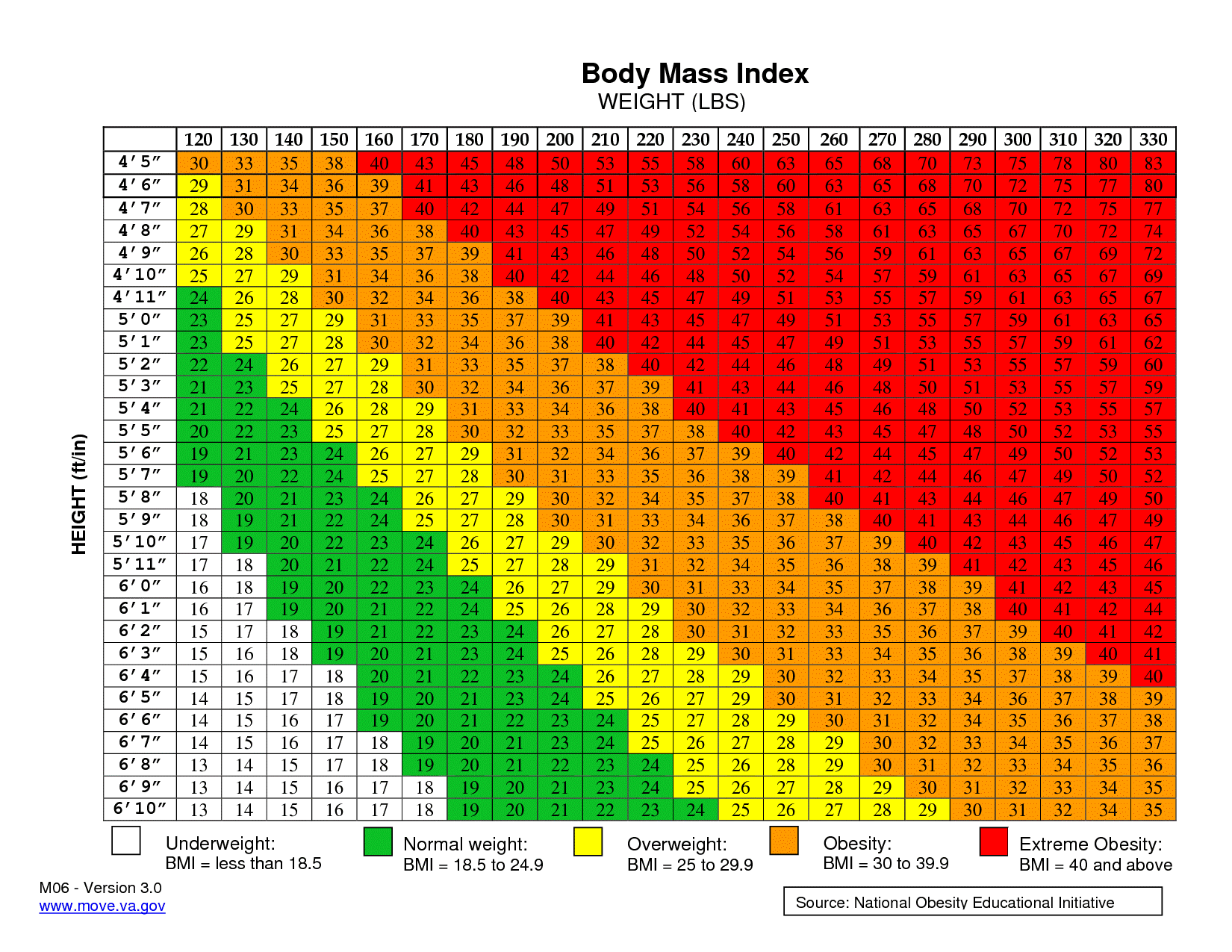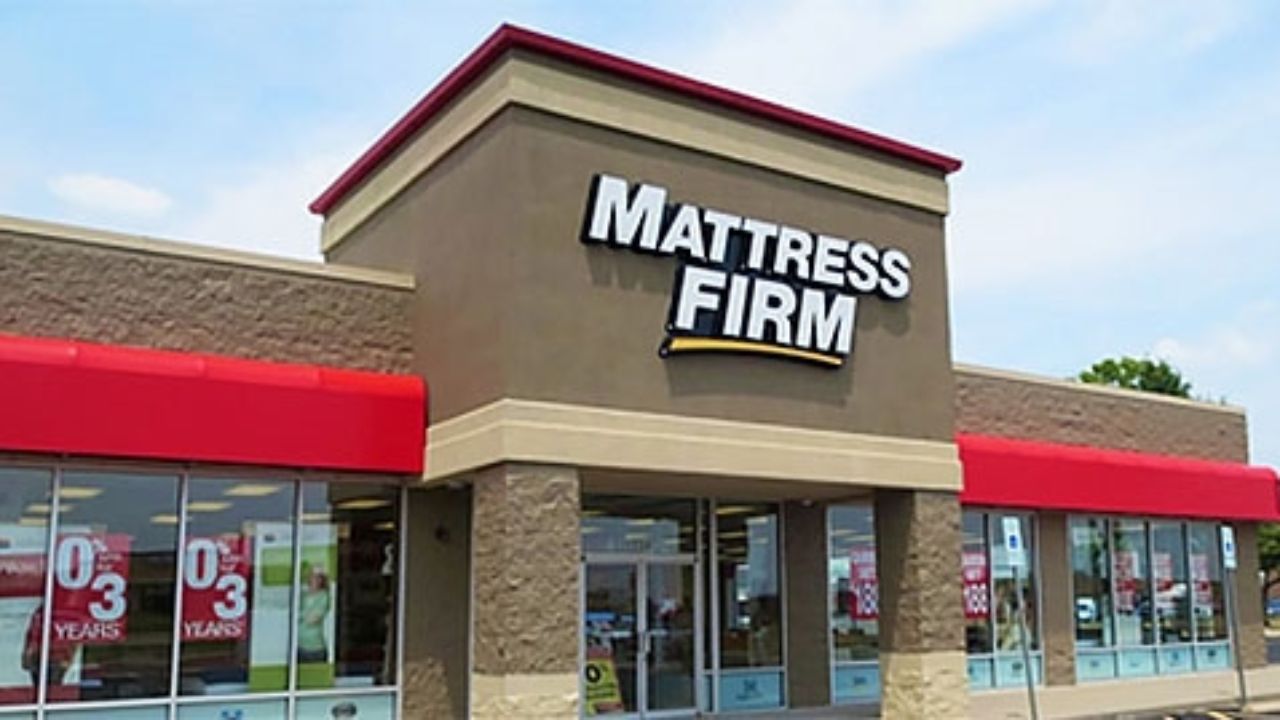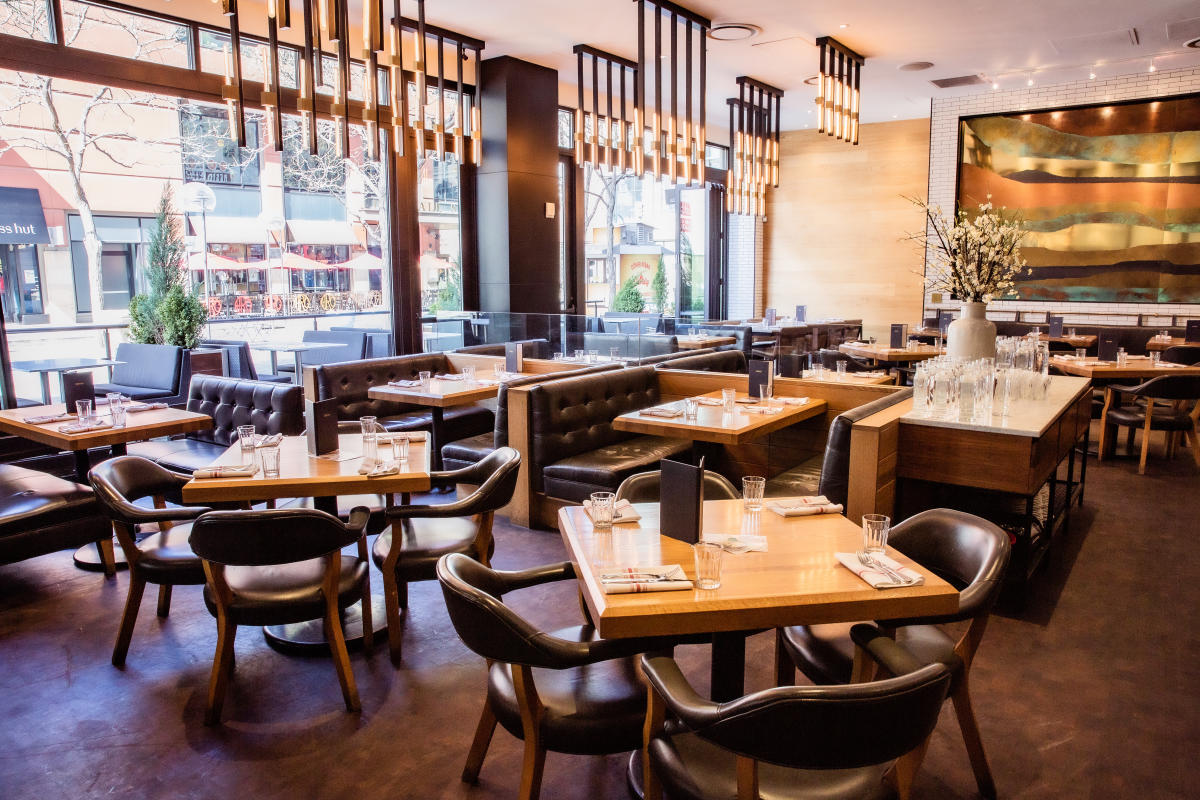When it comes to choosing a kitchen table, durability is a key factor to consider. After all, you want a table that can withstand everyday use and last for years to come. Both rubberwood and solid wood are known for their durability, but which one comes out on top? Rubberwood: Despite its name, rubberwood is actually a type of hardwood known for its strength and resilience. It is a popular choice for furniture due to its high density and ability to resist warping and cracking. Solid wood: As the name suggests, solid wood is made entirely of natural wood, making it a strong and sturdy option. It can also be sanded and refinished multiple times, making it a long-lasting choice.1. Durability
Another important factor to consider is the cost of your kitchen table. While both rubberwood and solid wood can be budget-friendly options, there are some key differences in their prices. Rubberwood: This type of wood is known for being affordable, making it a great choice for those on a budget. It is often less expensive than other hardwood options, making it a popular choice for those looking to save money. Solid wood: As a natural and high-quality material, solid wood tends to be more expensive than rubberwood. However, the cost can vary depending on the type of wood used, with some options being more affordable than others.2. Cost
Maintenance is an important consideration when it comes to any piece of furniture, as it can affect the longevity and appearance of the item. So, how do rubberwood and solid wood compare in terms of maintenance? Rubberwood: This type of wood is relatively low maintenance, requiring only occasional cleaning and dusting. It is also resistant to stains and scratches, making it a great choice for busy households. Solid wood: Solid wood may require more maintenance, such as regular oiling or refinishing, to keep it in top condition. It is also more prone to scratches and stains, so extra care may be needed to keep it looking its best.3. Maintenance
Of course, style is an important factor when choosing a kitchen table. You want a table that not only fits your functional needs but also complements your overall kitchen design. So, how do rubberwood and solid wood compare in terms of style? Rubberwood: This type of wood has a light, neutral color that can easily blend in with a variety of kitchen styles. It can also be stained or painted to achieve a different look, making it a versatile option. Solid wood: With its natural beauty and unique grain patterns, solid wood is often seen as a more visually appealing option. It can add warmth and character to a kitchen and comes in a variety of wood species to suit different tastes.4. Style
As sustainability becomes increasingly important, many people are looking for eco-friendly options when it comes to furniture. So, which wood is more environmentally friendly – rubberwood or solid wood? Rubberwood: Rubberwood is considered a sustainable option as it is made from rubber trees that have reached the end of their latex-producing life. This means that it is not contributing to deforestation and is a more environmentally friendly choice. Solid wood: While solid wood is a natural material, it is important to consider where the wood comes from. Some wood species may be more sustainably sourced than others, so it is important to do your research before making a purchase.5. Environmental Impact
Accidents happen in the kitchen, so it is important to have a table that can withstand spills and stains. Let's see how rubberwood and solid wood compare when it comes to stain resistance. Rubberwood: Due to its tight grain and high density, rubberwood is naturally resistant to stains. This makes it a great choice for families or anyone who tends to be a bit messy in the kitchen. Solid wood: Solid wood may be more prone to staining, especially if it is not properly sealed. However, with regular maintenance and proper care, it can also be a durable and stain-resistant option.6. Stain Resistance
In addition to stains, scratches are another common issue when it comes to kitchen tables. Let's see how rubberwood and solid wood fare in terms of scratch resistance. Rubberwood: Thanks to its dense and durable nature, rubberwood is highly resistant to scratches. This makes it a great choice for families with young children or anyone who wants a table that can withstand daily use. Solid wood: While solid wood is generally a durable material, it can still be prone to scratches. However, as with stains, proper maintenance and care can help keep your table looking its best.7. Scratch Resistance
Another important factor to consider for a kitchen table is its resistance to water. Whether it's spills from cooking or water rings from glasses, you want a table that can withstand moisture. Rubberwood: Rubberwood is naturally resistant to water, making it a great choice for a kitchen table. It can also be sealed for added protection against spills and moisture. Solid wood: Solid wood can also be resistant to water, depending on the type of wood and finish used. However, it may require more maintenance and care to prevent damage from spills and moisture.8. Water Resistance
The weight of your kitchen table may not be a top priority, but it is still something to consider, especially if you plan on moving or rearranging your furniture frequently. Rubberwood: Rubberwood is a relatively lightweight option, making it easier to move around if needed. This can also be helpful when it comes to assembly and disassembly. Solid wood: Solid wood can vary in weight depending on the type of wood used, but it is generally heavier than rubberwood. This may make it more difficult to move, but it can also add to the sturdiness and durability of the table.9. Weight
Finally, it is important to consider the availability of these two types of wood when looking for a kitchen table. You want a table that is easy to find and purchase, without having to wait for long lead times. Rubberwood: Rubberwood is a popular material for furniture, so it is generally easy to find and purchase. It is also widely available in a variety of styles and finishes. Solid wood: While solid wood is also a common material for furniture, it may not be as readily available as rubberwood. Depending on the type of wood and finish you are looking for, you may need to do some research or wait for a longer lead time.10. Availability
Why Rubberwood is a Great Option for Your Kitchen Table

The Benefits of Rubberwood
 When it comes to choosing a kitchen table, there are many factors to consider. One of the most important decisions you will need to make is the type of wood to use for your table.
Rubberwood
and
solid wood
are two common options, but which one is the better choice? While solid wood is known for its durability and strength, rubberwood also has its own unique advantages that make it an excellent option for your kitchen table.
When it comes to choosing a kitchen table, there are many factors to consider. One of the most important decisions you will need to make is the type of wood to use for your table.
Rubberwood
and
solid wood
are two common options, but which one is the better choice? While solid wood is known for its durability and strength, rubberwood also has its own unique advantages that make it an excellent option for your kitchen table.
Strength and Durability
Budget-Friendly Option
Eco-Friendly Choice
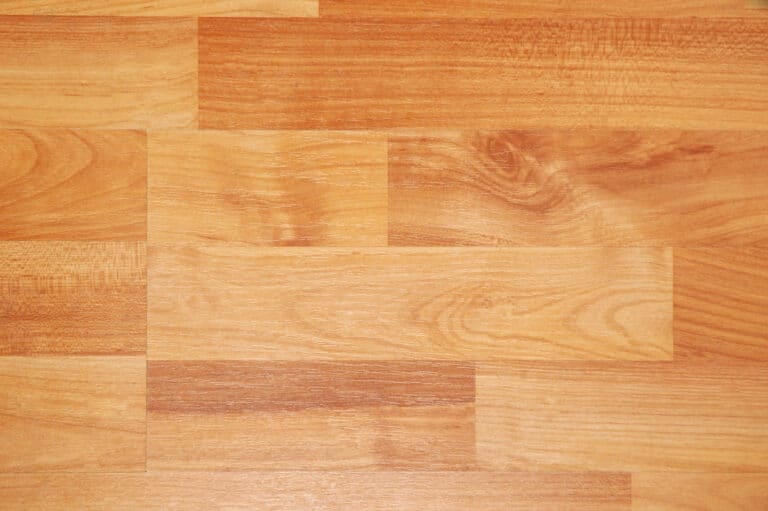 In addition to being budget-friendly, rubberwood is also an eco-friendly choice. As it is sourced from rubber trees that have reached the end of their latex-producing cycle, using rubberwood for furniture helps to reduce waste and promote sustainability. This makes it a conscientious choice for those who are environmentally conscious.
In addition to being budget-friendly, rubberwood is also an eco-friendly choice. As it is sourced from rubber trees that have reached the end of their latex-producing cycle, using rubberwood for furniture helps to reduce waste and promote sustainability. This makes it a conscientious choice for those who are environmentally conscious.
Easy to Maintain
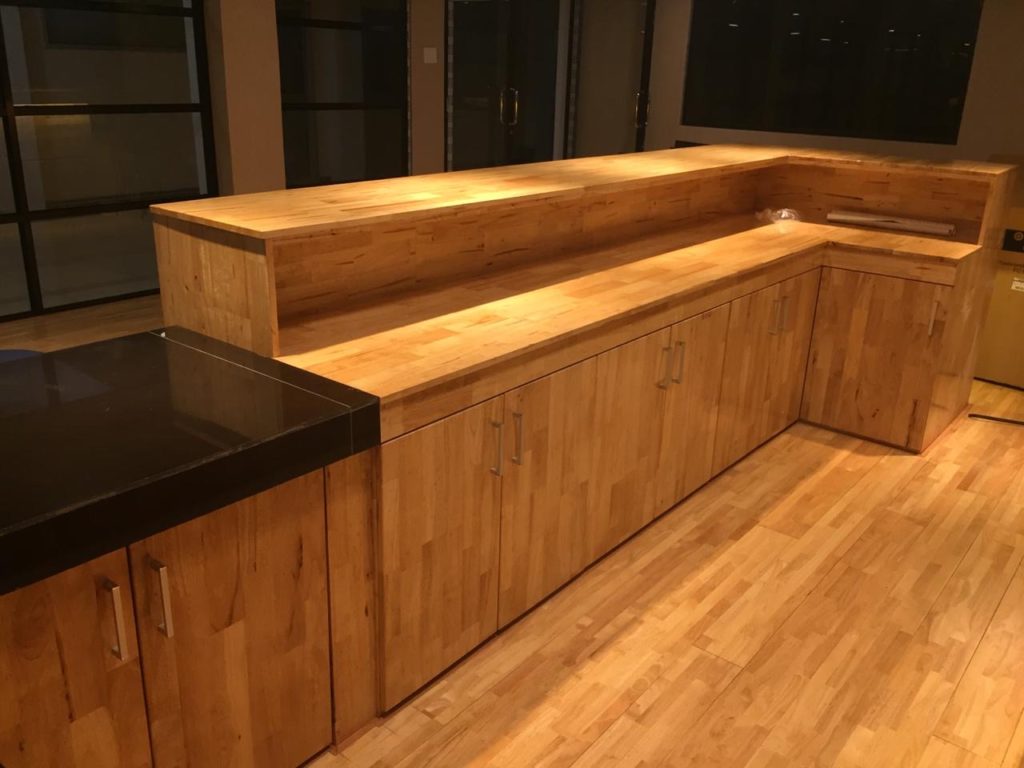 Another advantage of rubberwood is its low maintenance requirements. It is naturally resistant to stains and scratches, making it a practical option for a busy kitchen. To keep your rubberwood kitchen table in top condition, all you need is a regular wipe down with a damp cloth and occasional polishing with furniture wax.
Another advantage of rubberwood is its low maintenance requirements. It is naturally resistant to stains and scratches, making it a practical option for a busy kitchen. To keep your rubberwood kitchen table in top condition, all you need is a regular wipe down with a damp cloth and occasional polishing with furniture wax.
Final Thoughts
 While solid wood is a popular and reliable choice for kitchen tables, rubberwood also has its own unique benefits that make it a great option to consider. Its strength, affordability, eco-friendliness, and low maintenance requirements make it a practical and attractive choice for any household. So, if you are in the market for a new kitchen table, don't overlook the benefits of rubberwood.
While solid wood is a popular and reliable choice for kitchen tables, rubberwood also has its own unique benefits that make it a great option to consider. Its strength, affordability, eco-friendliness, and low maintenance requirements make it a practical and attractive choice for any household. So, if you are in the market for a new kitchen table, don't overlook the benefits of rubberwood.


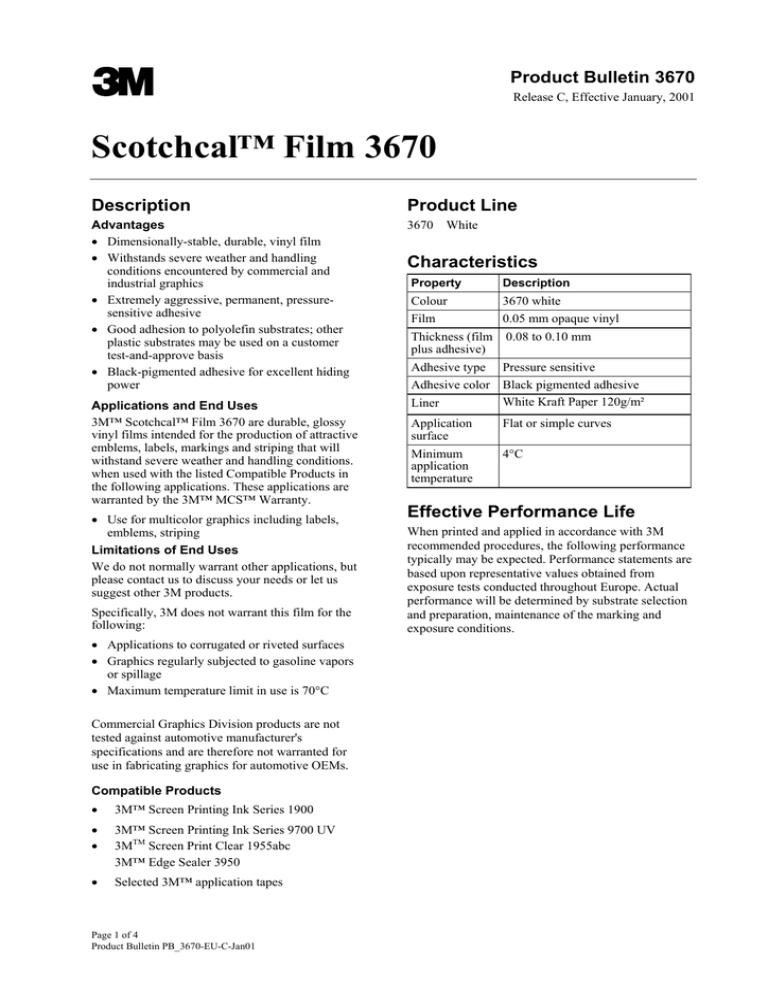
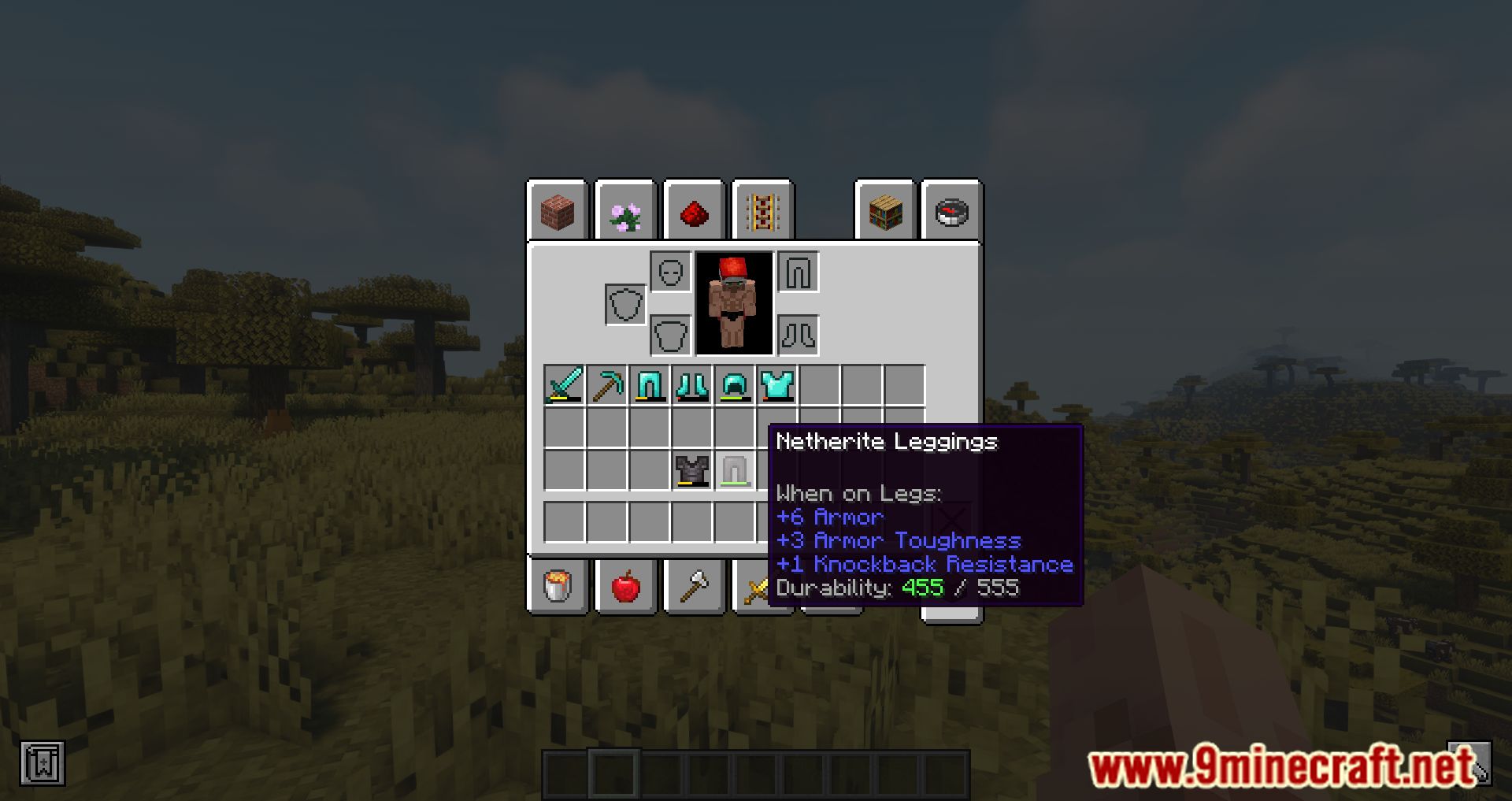


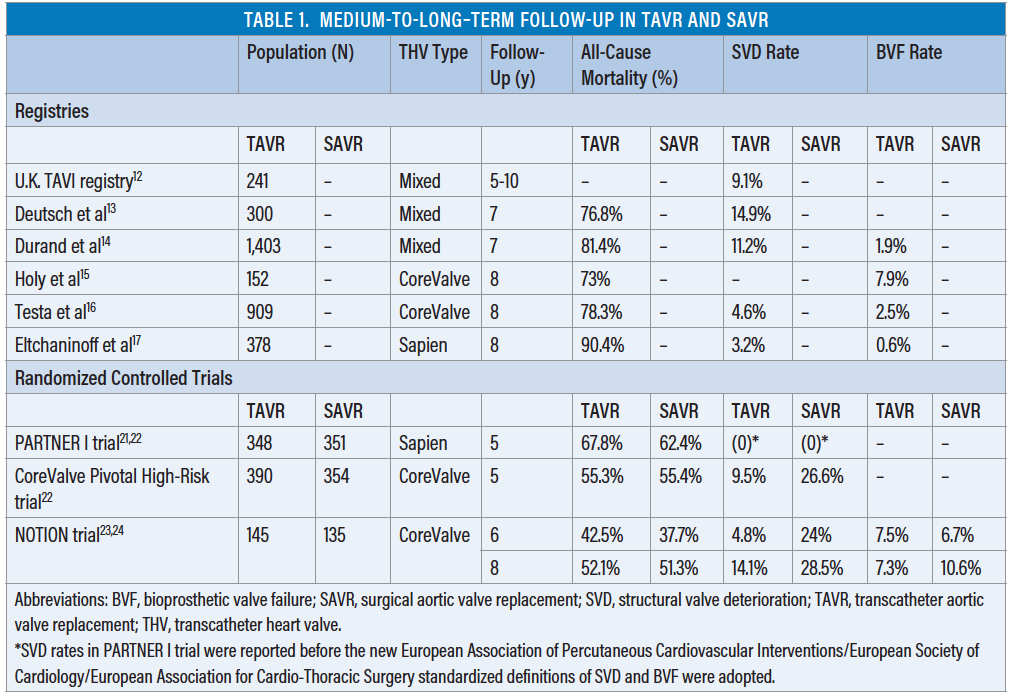





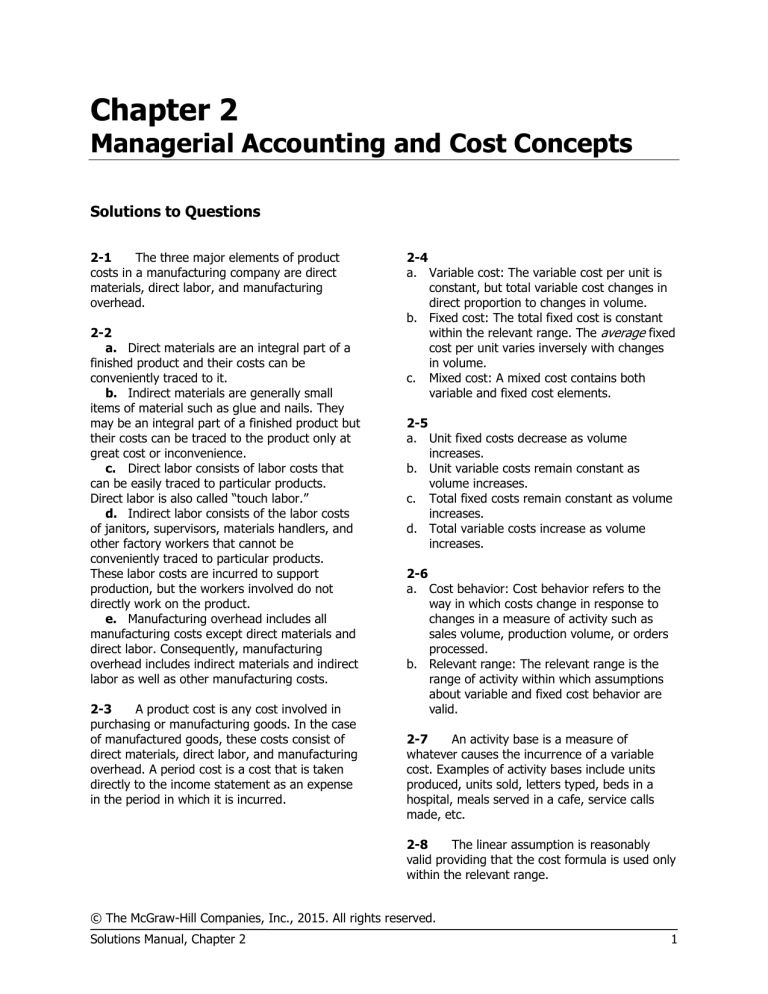



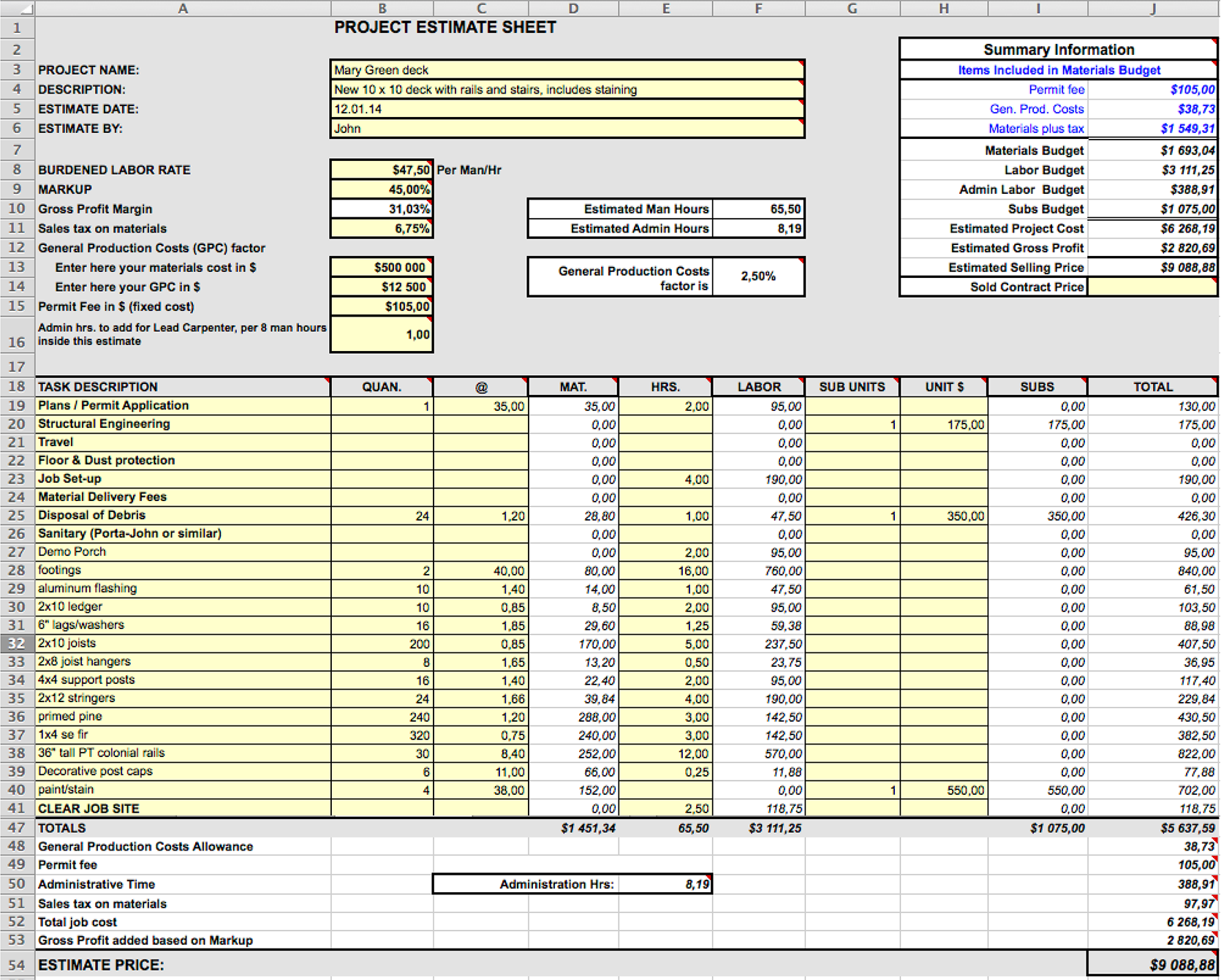
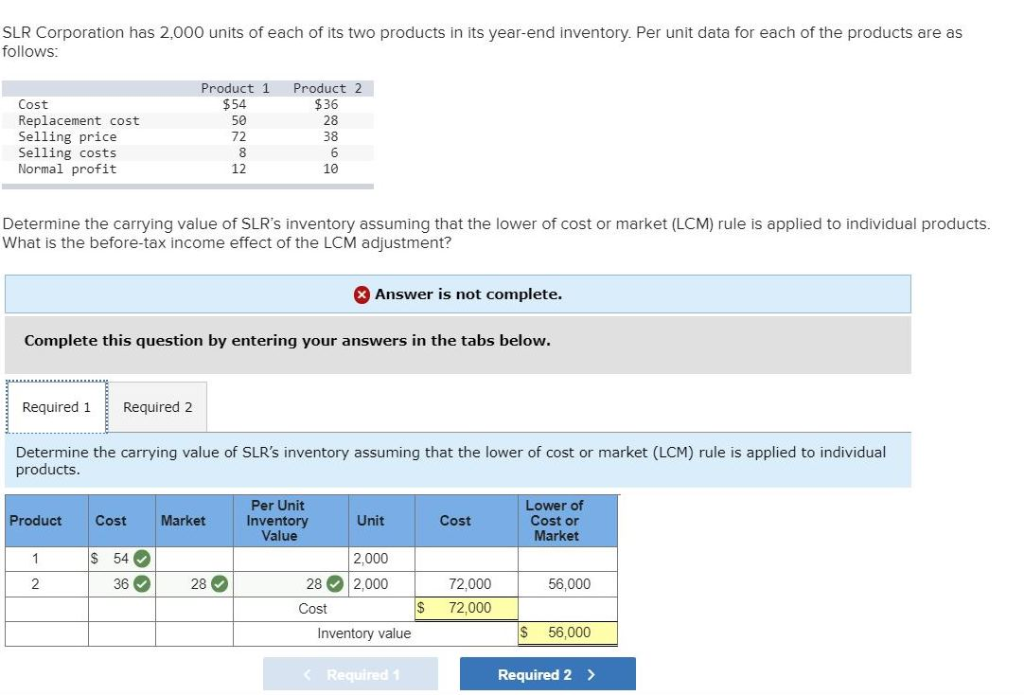
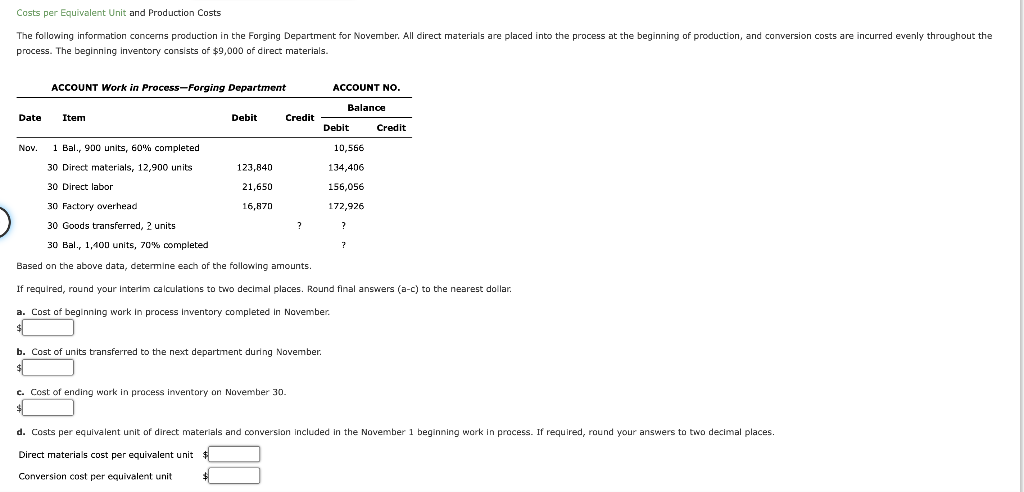
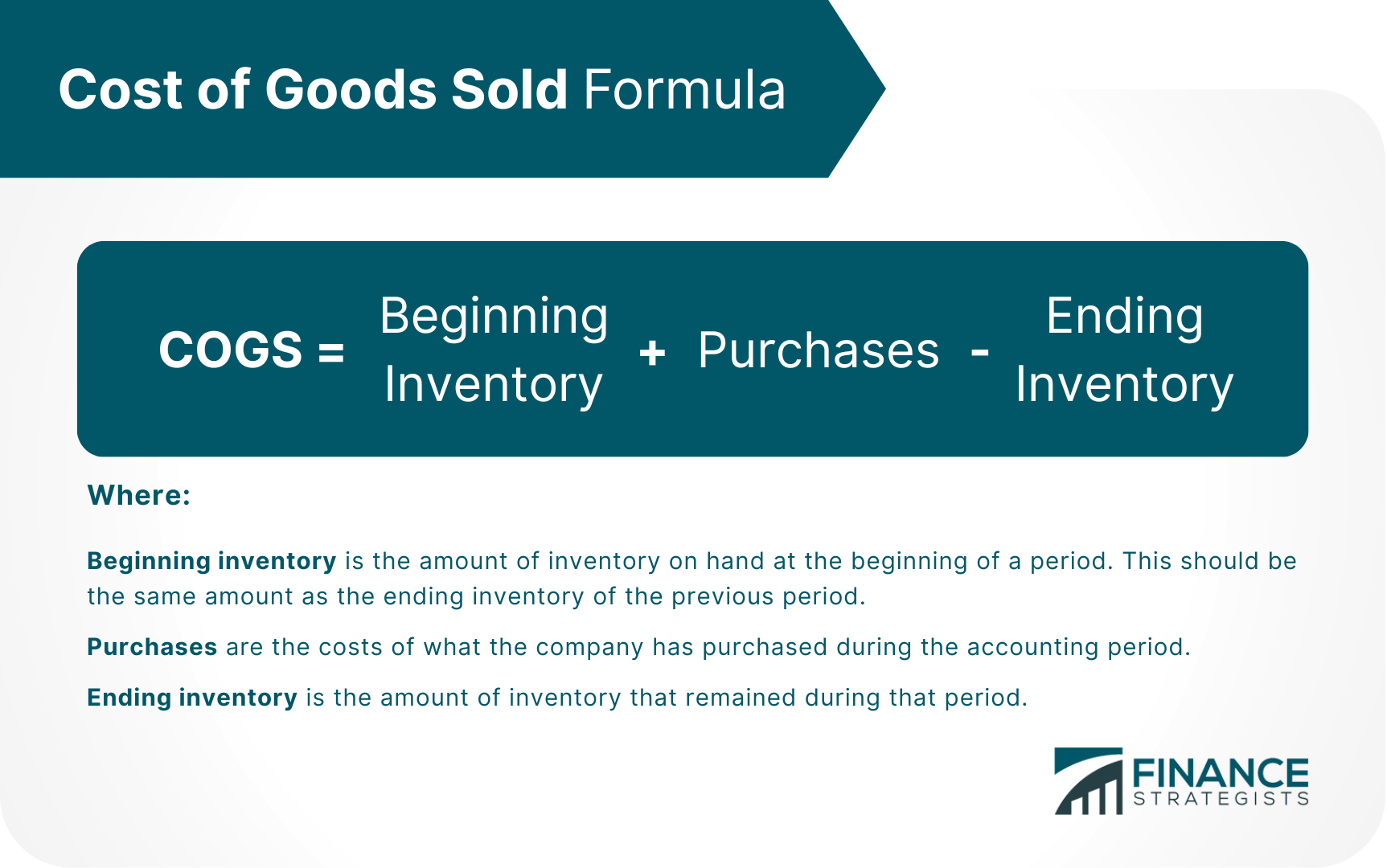






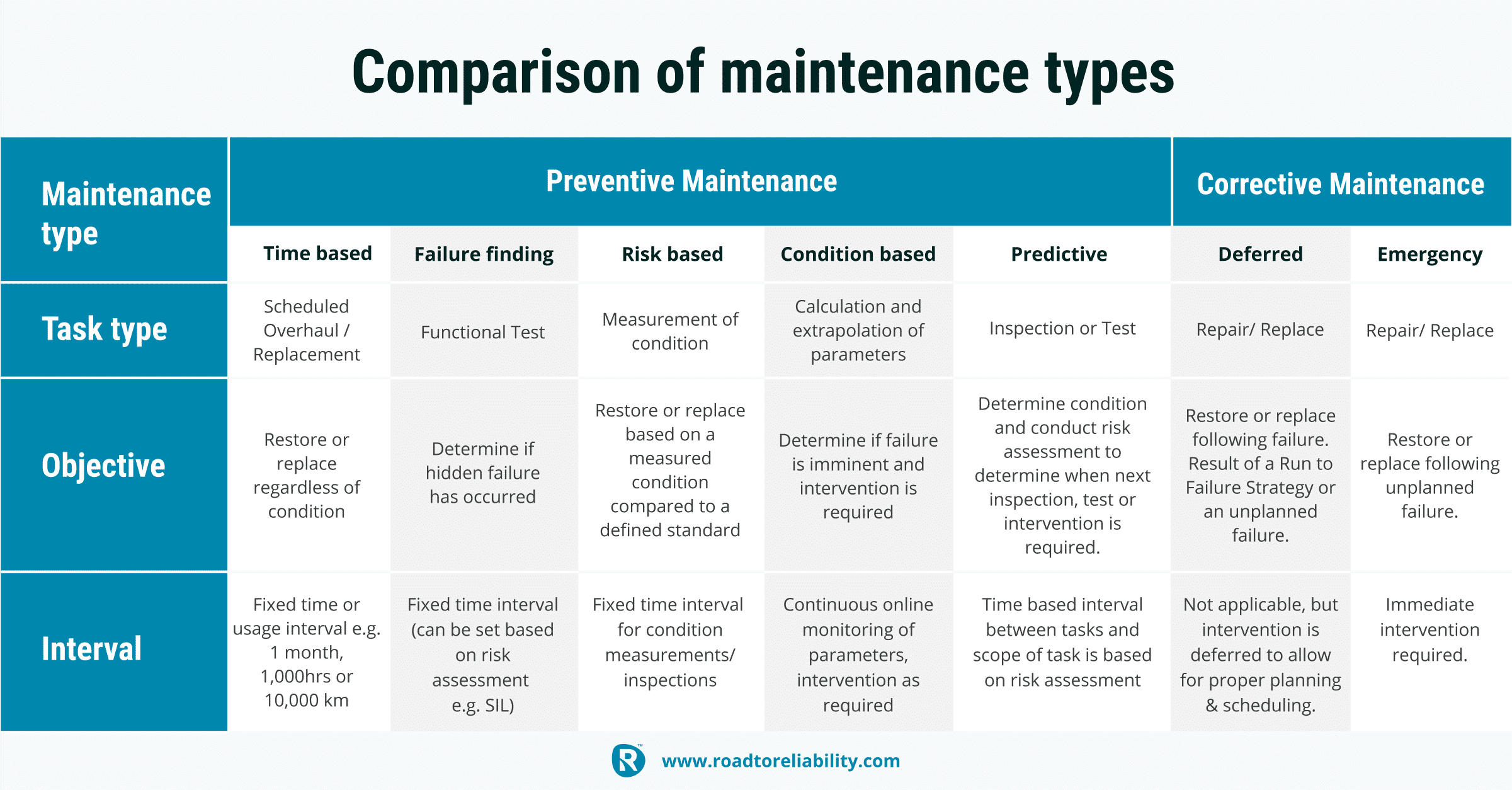
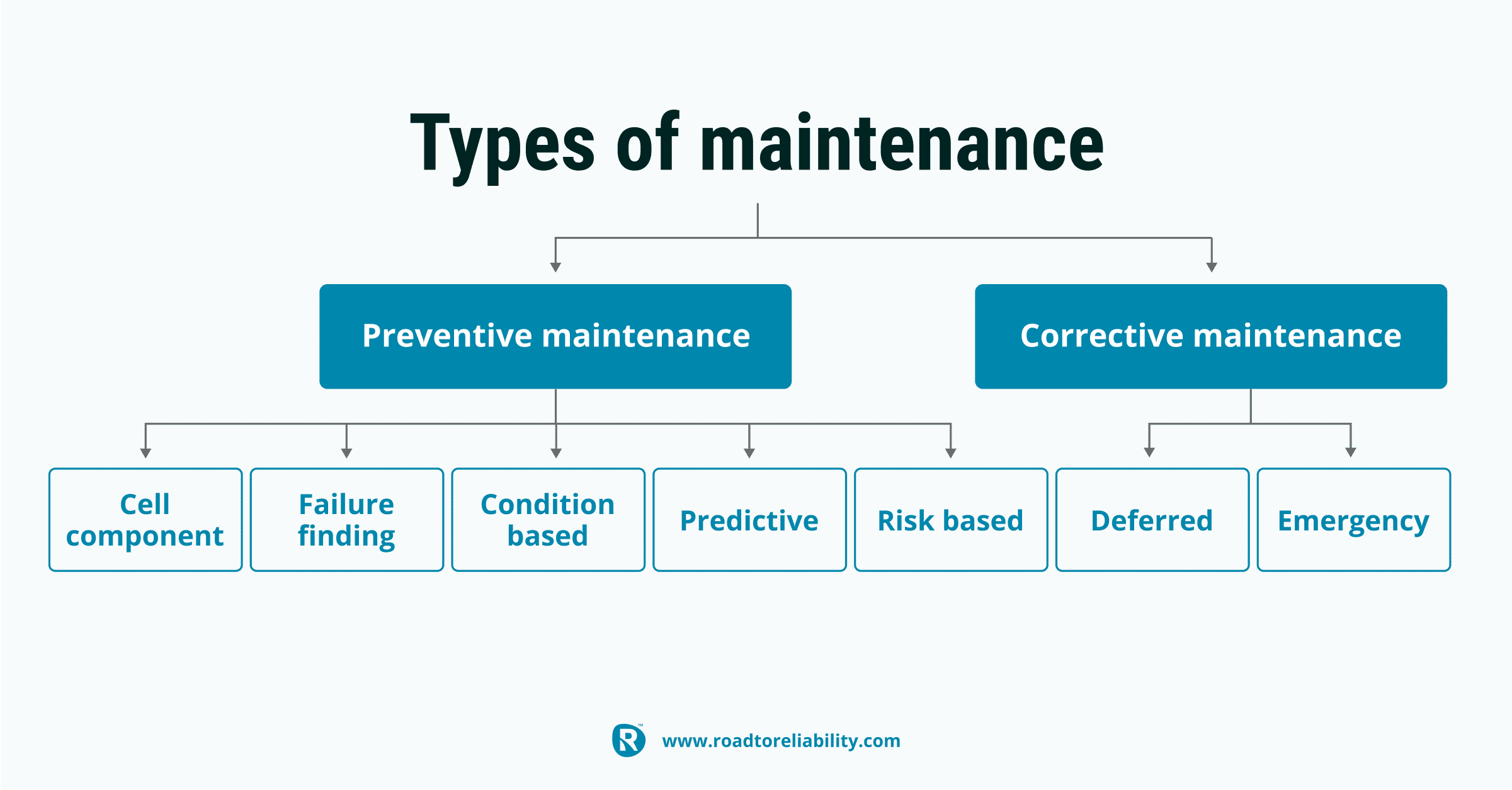

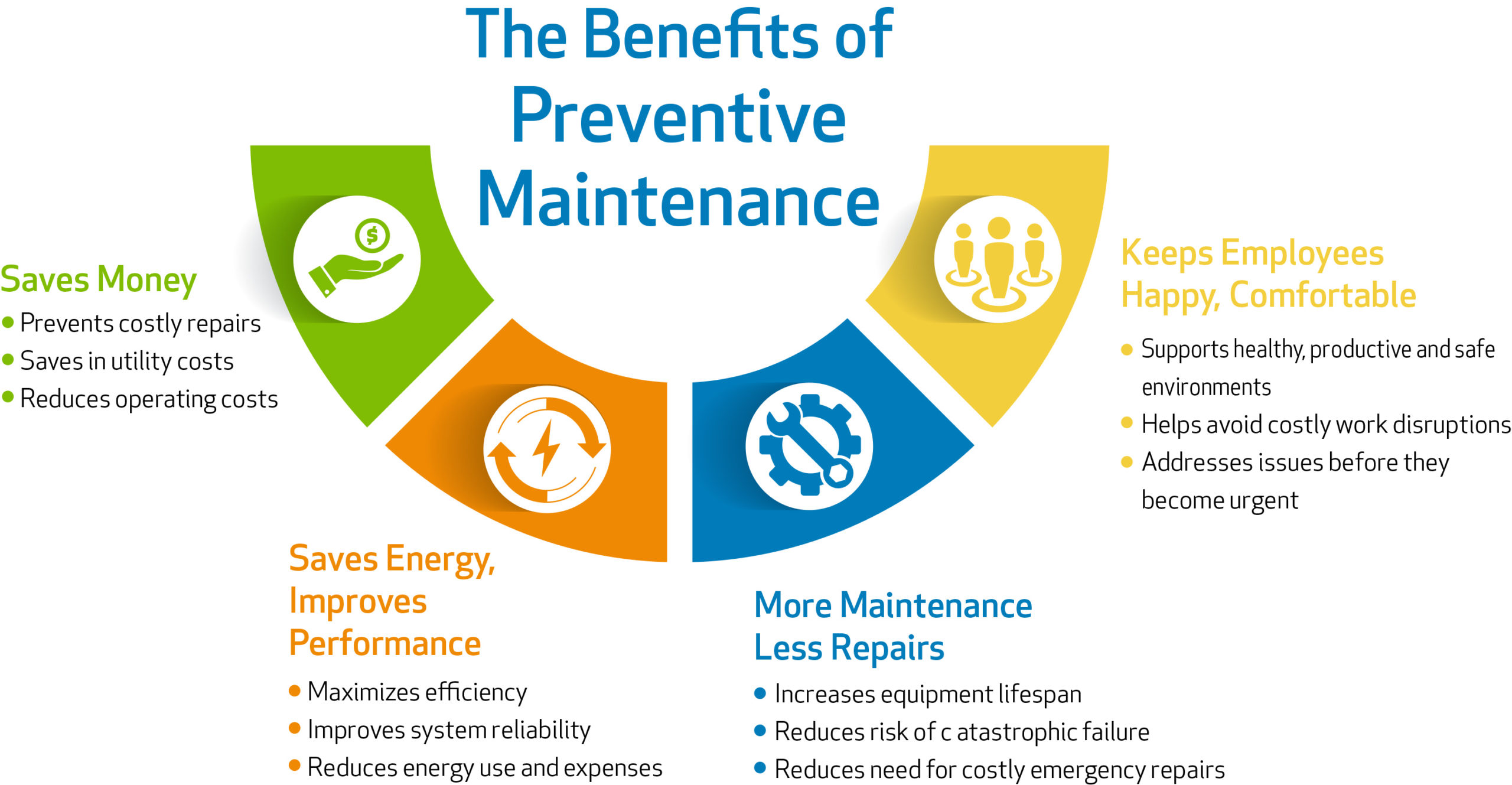

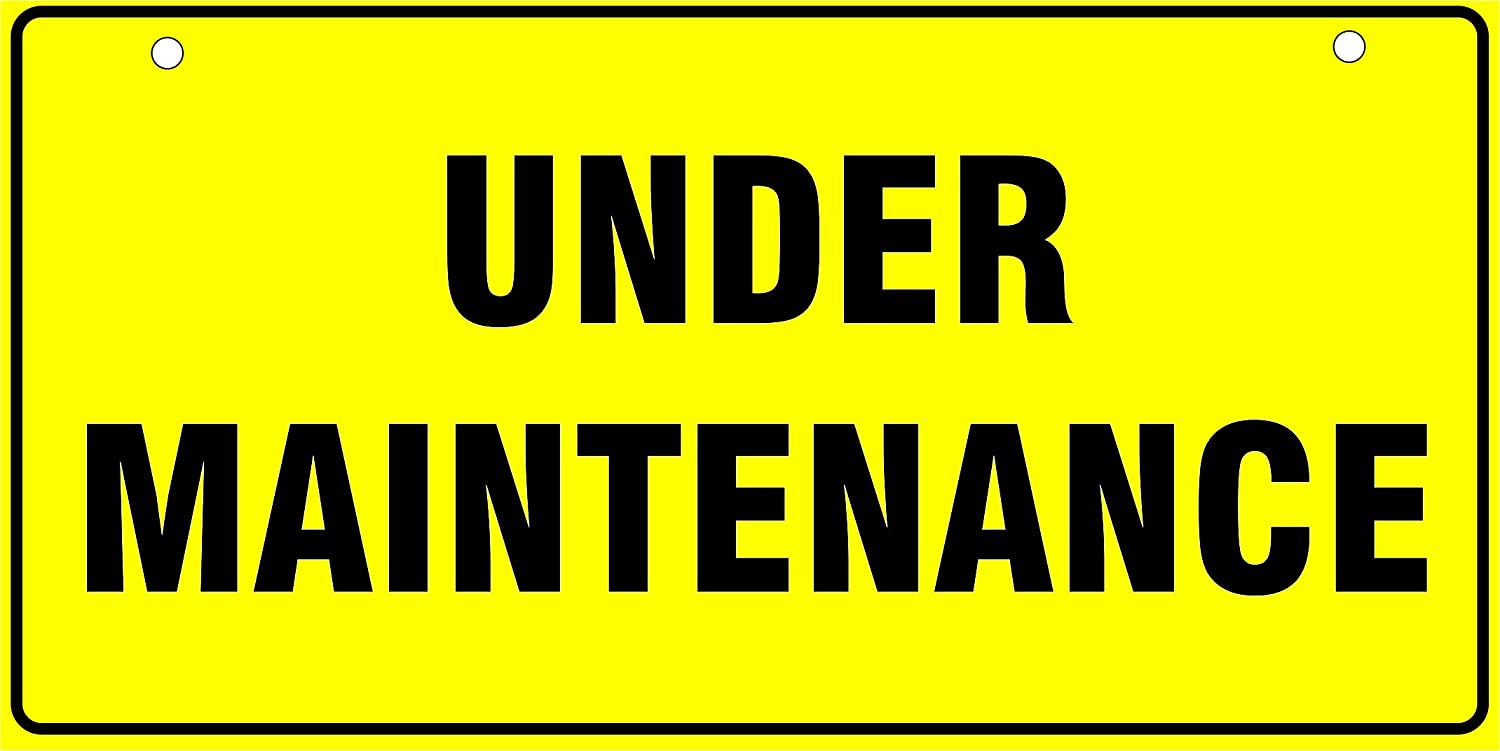












:max_bytes(150000):strip_icc()/1095045-article-types-of-parenting-styles-5a7cb6aaa18d9e00362ef5eb.png)






